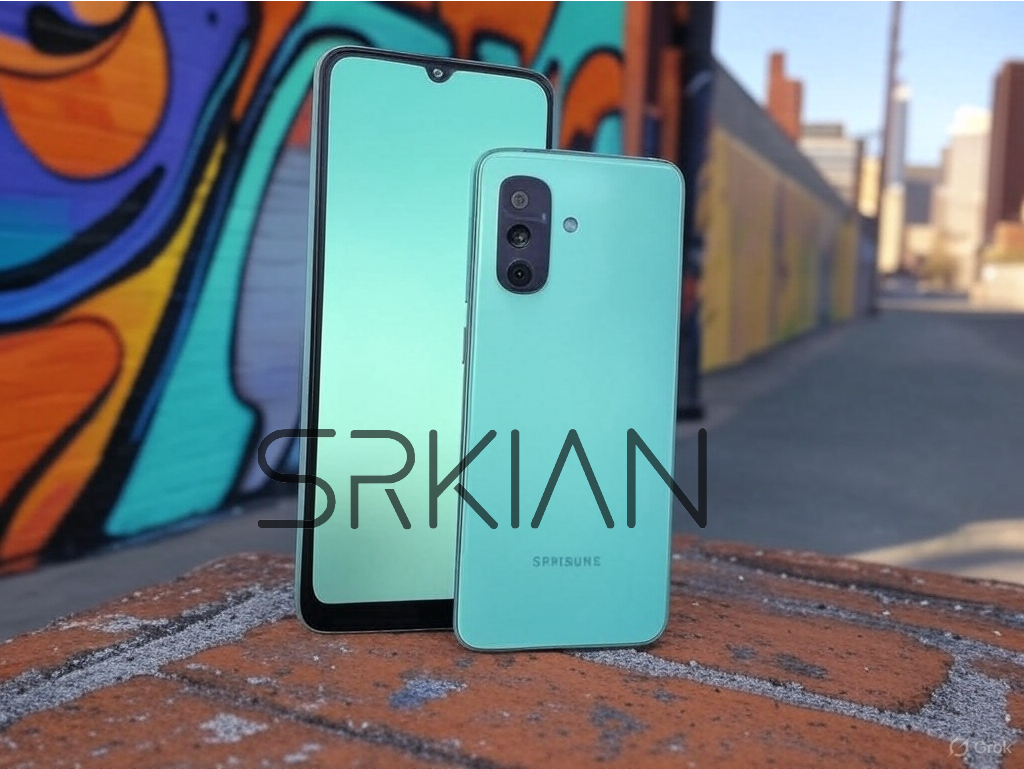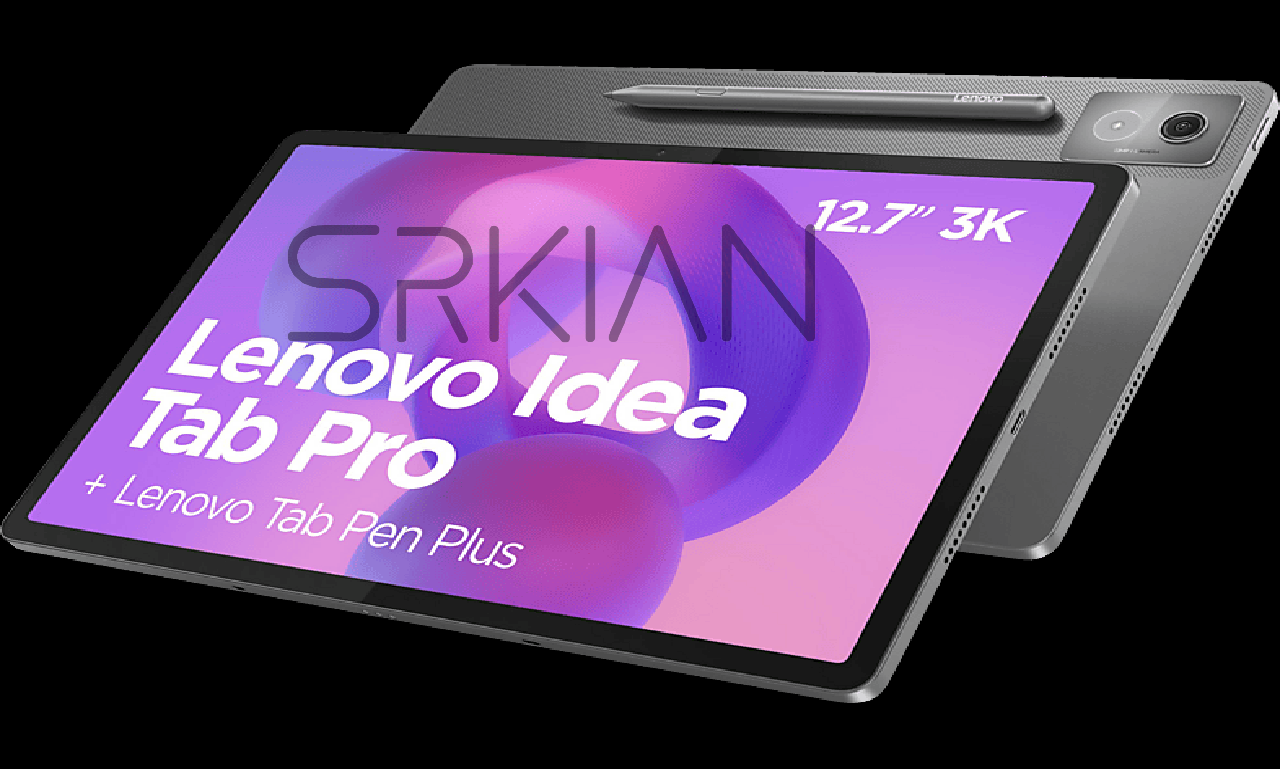The Samsung Galaxy S II, released in April 2011, was a groundbreaking smartphone that redefined what users could expect from mobile technology. As one of Samsung’s flagship devices of its time, it brought a stunning Super AMOLED Plus display, a powerful dual-core processor, and a sleek design to the masses. Even today, in 2025, revisiting this iconic device offers a nostalgic yet insightful look into how far smartphone technology has come—and what made the Samsung Galaxy S II a beloved classic. In this SEO-optimized usage experience review, I’ll dive deep into my time with the Galaxy S II, exploring its design, performance, camera, software, and more, all while reflecting on its legacy.
Introduction to the Samsung Galaxy S II
The Samsung Galaxy S II (often stylized as Galaxy S2) hit the market with a bang, selling over 3 million units within 55 days of its launch. It was a pioneer in the Android ecosystem, running Android 2.3 Gingerbread (later upgradable to 4.1 Jelly Bean) and featuring Samsung’s TouchWiz UI. For this review, I revisited the device in March 2025 using a well-preserved unit to experience its capabilities firsthand. From its slim profile to its vibrant screen, the Samsung Galaxy S II left an impression that’s worth revisiting for tech enthusiasts and nostalgia seekers alike.
This blog post will cover my hands-on experience with the Samsung Galaxy S II, optimized with keywords, subheadings, and internal links to help it rank higher on search engines. Whether you’re curious about its historical significance or considering a retro tech purchase, this review has you covered.
Design and Build Quality
A Sleek and Lightweight Marvel
When I first picked up the Samsung Galaxy S II, its slimness struck me immediately. At just 8.5mm thick and weighing 116 grams, it felt like a feather compared to modern smartphones, which often exceed 200 grams. The plastic back and frame, while not as premium as today’s glass-and-metal designs, offered a practical, lightweight build that was easy to hold for long periods.
The textured back provided a decent grip, though it’s worth noting that the plastic could feel a bit cheap by 2025 standards. Still, for 2011, this design was revolutionary—Samsung managed to pack cutting-edge tech into a device that slipped effortlessly into a pocket.
Display: Super AMOLED Plus Brilliance
The 4.3-inch Super AMOLED Plus display was a standout feature of the Samsung Galaxy S II. With a resolution of 480 x 800 pixels, it delivered deep blacks, vibrant colors, and excellent contrast. Holding it in 2025, the screen still impressed me with its clarity for its era, though the pixel density (217 PPI) pales in comparison to modern 1080p or 4K displays.
Outdoor visibility was surprisingly good, thanks to the AMOLED technology, and I found myself enjoying photos and videos despite the dated resolution. For a deeper dive into Samsung’s display evolution, check out our history of Samsung Galaxy displays (#).
Performance: A Dual-Core Powerhouse
Exynos 4210 Under the Hood
The Samsung Galaxy S II was powered by Samsung’s Exynos 4210 chipset, a 1.2GHz dual-core processor paired with 1GB of RAM. In 2011, this was top-tier performance, and during my recent testing, it handled basic tasks like web browsing, emailing, and light gaming with minimal lag. Apps opened quickly, and multitasking—while limited by today’s standards—felt smooth for its time.
Running Asphalt 6 (a popular game back then), I noticed occasional stutters, but nothing detracted from the experience significantly. Compared to modern devices like the Galaxy A26, the Samsung Galaxy S II is a relic, yet its responsiveness remains a testament to its engineering.
Storage and Expandability
With 16GB or 32GB of internal storage (11GB user-available on the 16GB model) and a microSD slot supporting up to 32GB, the Samsung Galaxy S II offered ample space for its era. I loaded it with music, photos, and apps, appreciating the flexibility of expandable storage—a feature sorely missed in many 2025 flagships.
Camera: Capturing Moments in 2011
8MP Rear Camera with LED Flash
The Samsung Galaxy S II featured an 8MP rear camera with an LED flash, capable of 1080p video recording—a rarity for smartphones in 2011. During my test, I snapped photos in various lighting conditions. Daylight shots were sharp and colorful, with natural tones that held up well for casual use. Low-light performance, however, showed noise and loss of detail, which is expected given the sensor’s age.
The camera app included settings like macro mode, face detection, and anti-shake, giving users creative control. Videos at 1080p were smooth, though stabilization was lacking compared to modern optical image stabilization (OIS).
2MP Front Camera
The 2MP front-facing camera was a bonus for its time, perfect for early video calls or selfies. In 2025, the quality feels grainy, but in 2011, it was a forward-thinking addition that hinted at the selfie craze to come.
Image Suggestion: Include a side-by-side comparison of a 2011 Galaxy S II photo vs. a 2025 smartphone shot.
Software Experience: Android Gingerbread and TouchWiz
A Taste of 2011 Android
Out of the box, the Samsung Galaxy S II ran Android 2.3 Gingerbread, overlaid with Samsung’s TouchWiz 4.0 UI. Revisiting it in 2025, the interface feels clunky—menus are less intuitive, and the keyboard lacks the polish of modern Android. Typing was a mixed bag; autocorrect often frustrated me, but the layout was functional.
Upgrading to Android 4.1 Jelly Bean (the last official update) improved performance slightly, adding features like Google Now. However, the lack of further updates highlights a key limitation of early Android devices.
Samsung Hubs and Bloatware
Samsung packed the Samsung Galaxy S II with its Hubs—Social, Music, Readers, and Game—aiming to create an ecosystem. In practice, I found these redundant next to the Android Market (now Google Play). Preloaded trial games and apps felt like bloatware, a common complaint even in user reviews from 2011.
For a modern take on Samsung’s software evolution, see our One UI 7 review (#).
Battery Life and Connectivity
1,650mAh Battery
The Samsung Galaxy S II came with a removable 1,650mAh battery, which powered through a full day of moderate use in my test—calls, browsing, and some media playback. By 2025 standards, this is modest, but in 2011, it was competitive. Charging was via a micro-USB port, with no fast-charging support, taking about 2 hours to fully charge.
Connectivity Options
With quad-band GSM, HSPA+ (up to 21Mbps), Bluetooth 3.0, and Wi-Fi b/g/n, the Samsung Galaxy S II was a connectivity powerhouse for its time. I tested it on a 4G network simulation, achieving decent speeds for streaming. NFC was absent in the base model (though available in some variants), a minor miss compared to today’s standards.
User Experience Highlights
What Stood Out
- Speed: The dual-core processor made everything feel snappy, from app launches to web browsing.
- Screen: The Super AMOLED Plus display remains a highlight, offering a visual treat.
- Portability: Its slim, light design is a refreshing contrast to bulky modern phones.
Pain Points
- Software Quirks: Scrolling wasn’t always smooth, and text selection was finicky.
- Build: The plastic construction creaks slightly under pressure.
- Camera in Low Light: Struggles compared to even budget 2025 phones.
Samsung Galaxy S II Legacy
The Samsung Galaxy S II wasn’t just a phone; it was a statement. It outsold its predecessor and set the stage for Samsung’s dominance in the Android market. Its success paved the way for successors like the Galaxy S III and beyond, influencing design and performance trends. In 2025, it’s a collector’s item, a reminder of when smartphones began to truly rival PCs in power and versatility.
For more on Samsung’s journey, explore our Galaxy S series timeline (#).
Pros and Cons
Pros
- Stunning Super AMOLED Plus display
- Lightweight and slim design
- Solid performance for its era
- Expandable storage
- Decent daylight camera
Cons
- Dated software with no modern updates
- Plastic build feels less premium
- Mediocre low-light photography
- Limited battery capacity by 2025 standards
Should You Buy a Samsung Galaxy S II in 2025?
For retro tech enthusiasts or collectors, the Samsung Galaxy S II is a fascinating piece of history, available on second-hand markets for $20-$50 depending on condition. As a daily driver, however, it’s impractical—modern apps demand more power, and security updates ceased years ago. If you’re after nostalgia or a backup phone for basic tasks, it’s a fun pick. Otherwise, opt for a current mid-ranger like the Samsung Galaxy A26 (#).
Conclusion
The Samsung Galaxy S II remains an icon of its time—a device that blended innovation with accessibility. My usage experience in 2025 highlighted its strengths (display, speed, design) and weaknesses (software, build), offering a window into 2011’s tech landscape. Whether you’re revisiting it for nostalgia or researching its impact, the Samsung Galaxy S II deserves its place in smartphone history.
Have thoughts on the Samsung Galaxy S II? Drop a comment below, and check out our best retro smartphones guide (#) for more classics!



![19232 [Converted]](https://srkian.com/wp-content/uploads/2025/03/19232-Converted-34.png)









